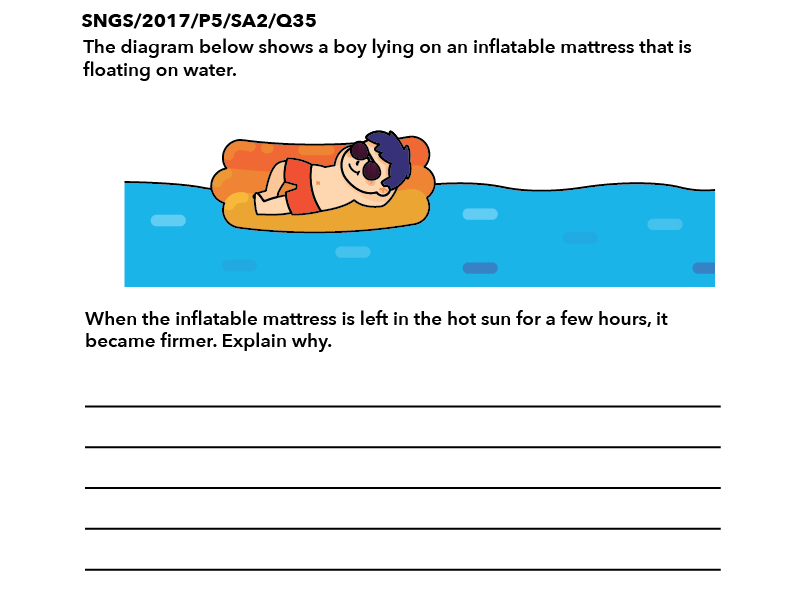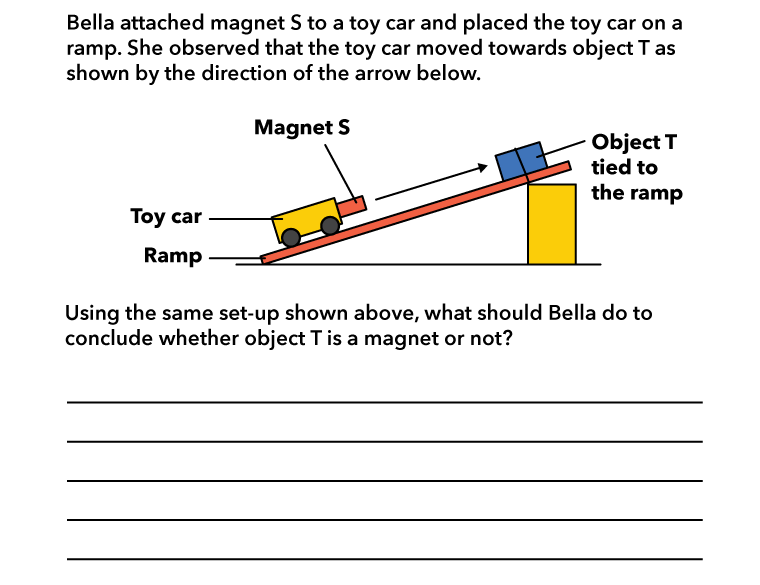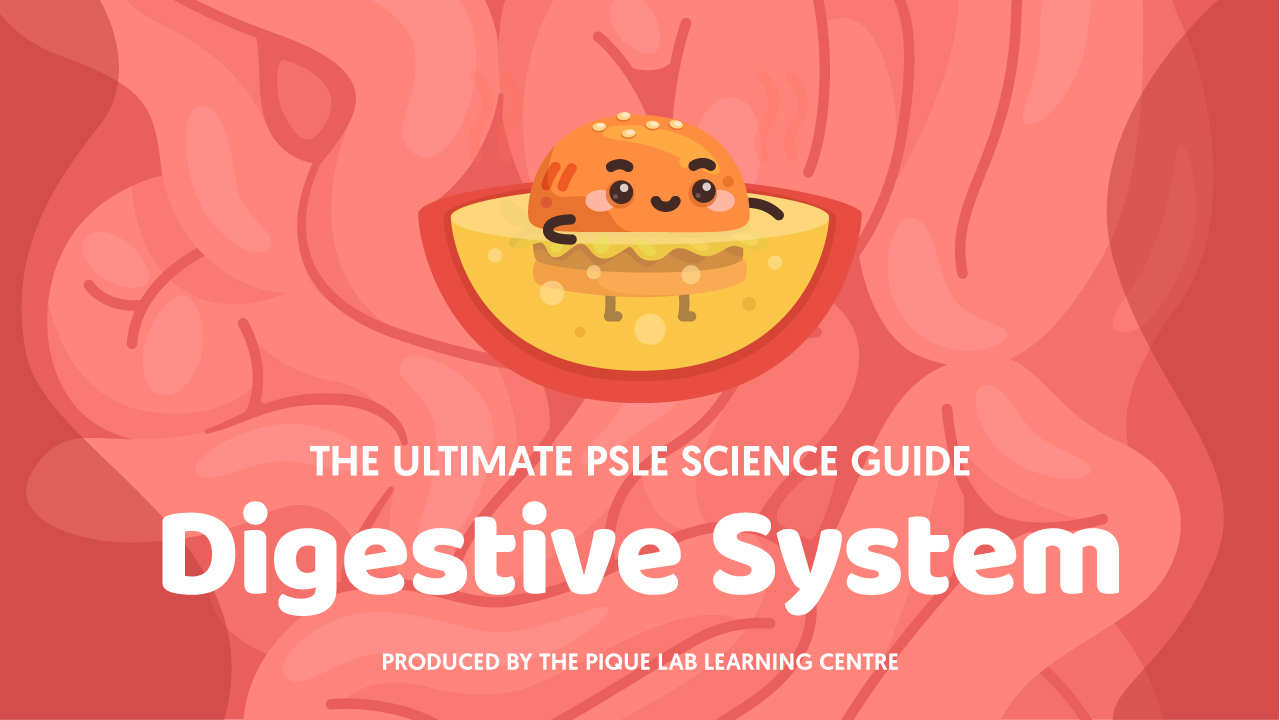If you are looking for a challenging open-ended paper, the St. Nicholas Girls’ (SNGS) 2017 P5 SA2 Science Examination Paper might be a good choice.
The SNGS open-ended paper has a good spread of questions, with half of the paper involving topics from the lower block (P3 & P4).
Here are the topics from the lower block topics:
- Animal Classification
- Matter and Heat
- Properties of Materials
- Magnets
- Light
- Conductors of Heat
In this article, I will be focusing on some of the questions that students often have difficulty answering in this paper.
There are 2 common problems here:
1) The questions from lower block topics in the Primary 5 Science paper tend to be “application based”. This is unlike the “direct” questions that students are used to tackling.
2) Students fail to recognise that the expectations of their answers for the above topics are different from how they have been answering them during their Primary 3 or Primary 4 Science examinations. In other words, many students tend to use the P3/P4 style of answering questions to tackle P5/P6 Science questions.
Now, I’ll discuss a few questions to show you what I mean.
Let’s Take A Look At This Question – Q35

Source: St Nicholas Girls’ School – 2017 P5 SA2 Science Examination Paper (Q35)
Let us discuss Part C of Q35 together.
Many of my students were able to explain that “the air in the mattress gained heat from the sun to expand and increase in volume”. However, they were not able to attain their full marks as they did not answer the question:
Why would the mattress become firmer?
Students need to first understand that the mattress has a definite volume.
As such, “the air inside the mattress becomes compressed and exerts a pushing force on the inner walls of the mattress, causing the mattress to become firmer.”
Read Also
Putting both parts together for our suggested answer:
The air inside the mattress gained heat from the sun to expand, thus increasing in volume and occupies more space. However, since the volume of the mattress stays the same, the compressed air in it pushes against the inner walls of the mattress, causing the mattress to become firmer.
Let’s Take A Look At Another Question – Q37

Source: St Nicholas Girls’ School – 2017 P5 SA2 Science Examination Paper (Q37)
Part B of Question 37 requires students to have a very clear thought process of the steps needed to identify if an object is a magnet.
A few questions come to mind as I read the question:
- Should I be focusing on attraction or repulsion to determine if the object is a magnet?
- How should I check for attraction or repulsion?
To determine if an object is a magnet, we need to check for repulsion.
In other words, we need to observe that Magnet S and Object T move away from each other when they are brought near each other. This is because “only like poles of magnets facing each other will repel”.
Now that we have established that we need to check for repulsion, we must remember to check for repulsion using both ends of magnet S.
How do we explain that?
Turn Magnet S around such that the other pole would be facing the same end of Object T
Putting the thought processes together, here is my suggested answer:
Bella should turn Object T around such that the other end of Object T is facing the same pole of Magnet S. If the toy car moves away from Object T, it shows that Object T is repelling Magnet S and is a magnet. This is because only magnets with like poles facing each other will repel.
As you can see, although the concepts of Magnets and Matter are easy to grasp, the expectations and demands of the answer may be not be that straightforward.
Final Tip
Students should not be demoralised as practice makes perfect!
As I often tell my students, it is important to make more mistakes during their practice than to make them in the actual Science examinations. What is most important is to ensure that lessons are learnt from mistakes made so that they are not repeated again!
Hope this helps! Stay tuned for the next article!

If you like our methodology, we’ve some upcoming workshops:







